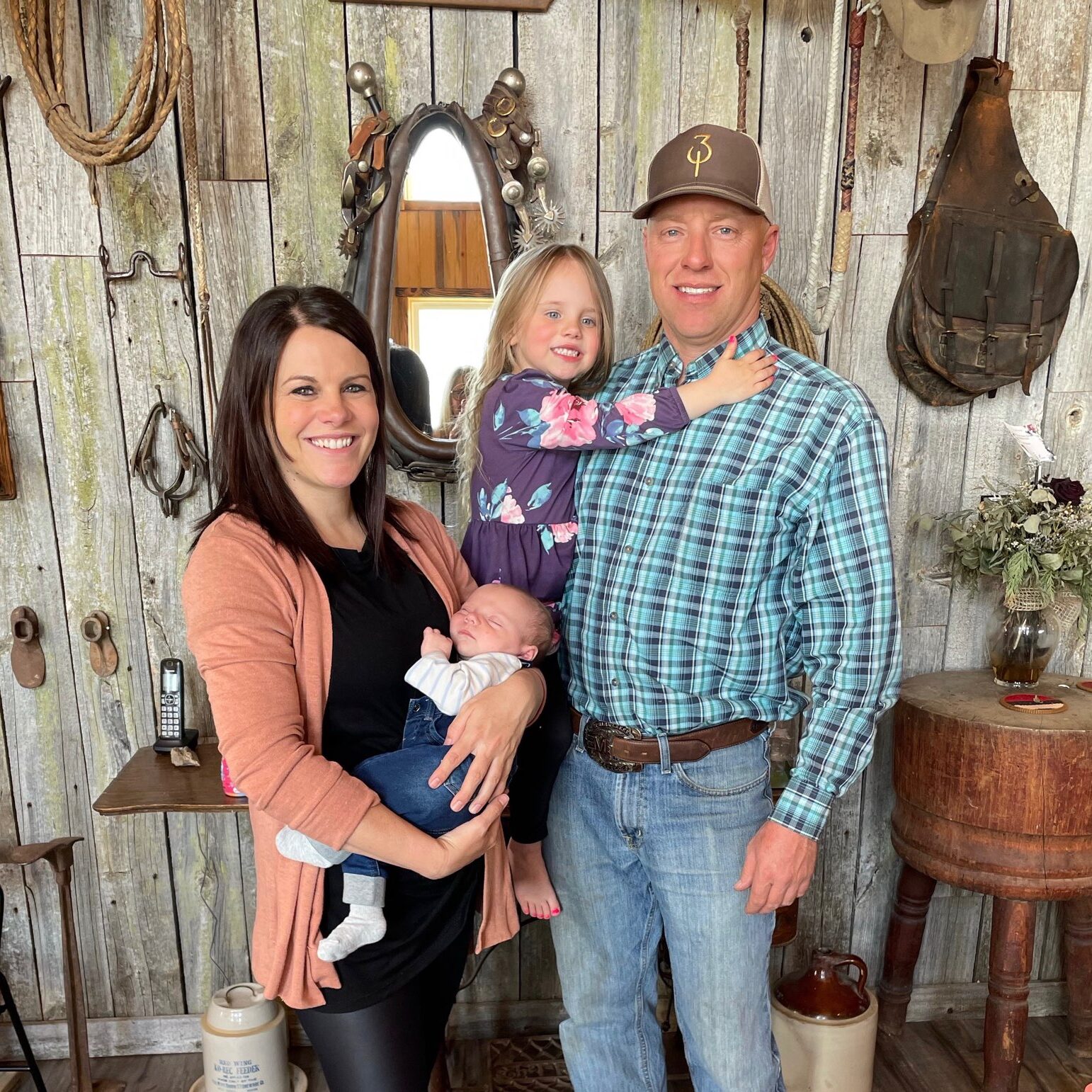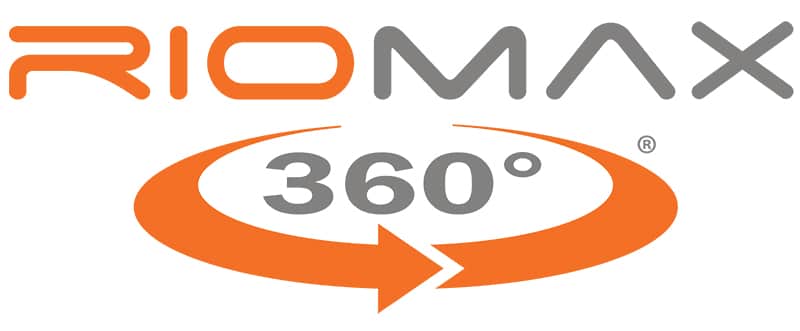Spreading out (grazing) helps this rancher pay the bills
Look beyond the obvious to find value-added premiums.
Meet Emmit Dickschat

Hermosa, South Dakota
In times like these, looking beyond the obvious and searching for the innovative is not just necessary, it’s essential. That truism not only applies to your decisions on inputs, it applies to every part of your management plan and long-term outlook.
That’s how Emmit Dickschat sees it. He owns Spring Creek Cattle Company based in Hermosa, S.D., a cow-calf operation he leases from his family’s LLC. Saying he’s based in Hermosa is important to his story, because for most of the year, his 650 pairs are scattered on leased pastures ranging from Eastern Wyoming to the breaks of the Missouri River in central South Dakota.
“We only run the cows at home probably three, four months in the spring until they’re done calving and then we haul out. I lease pasture all over the country, wherever I can find it, and run the cows out five months in the summer.” Then in the winter, he’ll lease corn stalks or winter pasture where the cows will stay until they come home again to calve.
That offers several benefits. One is, it’s got to rain somewhere over that large a swath of real estate. Or at least that’s the hope. The other is that he can split his cows into different groups, which allows him to take advantage of several breed-oriented value-added programs.
His cow herd is Angus based and most are bred back to Angus bulls. But he has started buying some Hereford bulls to produce black baldy calves. Then, the outfit that supplies the Hereford bulls will buy back the baldy calves at a premium.
In addition, he works with Lone Creek Cattle Company, a Piedmontese seedstock operation, to produce crossbred calves for their buy-back program, which pays a premium as well. “It’s a niche market because I’ve got to find something to make more money than what I’m doing, just because all my costs are so much higher.”
Some of his inputs have doubled, he says, yet his commodity calves bring the same money they did five or 10 years ago. “So I’m trying to find something and honestly, these Piedmont-cross calves are one way I’ve been able to do that,” along with the Hereford-cross calves.
Calving starts around the middle of April and weaning time starts the first of December. Beyond that, depending on the year, he’ll keep replacement heifers, including both Angus and baldies, and background them in a grow program.

He also backgrounds his commodity steers for 60 to 90 days before marketing them through a sale barn. Healthy, straightened-out calves are first pick for order buyers filling the needs of their feedyard customers. And the extra weight helps bring more money as well.
Most of his leased pastures are full care, he says. “I’m lucky I’ve got good landlords and neighbors that I lease from that keep an eye on stuff for me,” he says. But with pasture leases scattered that far and wide, “I never know exactly what the country’s like. Sometimes it’s totally different grass and soil and water and everything else.”

With that kind of environmental diversity, he needed a constant across all the operations to keep conception and gain on a level plane. That constant is the orange Riomax® tubs.
He started his cows on Riomax® during their last trimester in 2021 with several reasons in mind. First, he wanted to take advantage of the extra boost for both the cows and the growing fetuses and to see what response he could get in stretching pastures and cutting hay consumption in the face of ongoing drought. But his main reason was to help his conception rates.
“The year before, we had a pretty dry year and had cows scattered anywhere from 50 to 250 miles from home.” That was his worst year ever for conception rates. “I was 11% open across the board. It didn’t matter which bunch of cows and where they were, it averaged 11%. And my two-year-olds averaged 14%, by far the worst ever.”
The following year, after adding Riomax® to essentially the same bunch of cows on the same pastures, his conception rate improved to 5½% on the mature cows and 6% on the two-year-olds. “That accounted for about 30 more calves. And the only thing I can say for sure that was different was the Riomax®.”
Dickschat doesn’t weigh calves when they come off summer pasture or at weaning, so all he has is the eye of the master to evaluate changes from year to year. But after gathering those pastures post-Riomax®, he estimates the calves came off grass weighing 20 to 25 pounds heavier. “And the body condition of the cows was at least a full point better than what I’m used to seeing.”
What’s more, he saw the feed savings he hoped to get. He had some cows on leased corn stalks from mid-December until mid-February. “I thought there was enough material to last them for about 45 days and it lasted nearly 70 days. There again, the only thing different was that they’d had the Riomax®.”
The same happened with his backgrounding program. He runs the calves on pasture as well as providing supplemental feed. When the pasture starts getting short, they start coming to the bunks.
The ration is silage or distillers and hay, along with Riomax®. “And if I had 10 bunks (in years past) they’d always be empty,” he says. “After at least two, three weeks of being on Rio, there would probably be enough feed left in those bunks to fill another feed bunk. They were full after eating 80% to 90% of the ration.”
Putting Riomax® in front of his cattle was a huge initial investment, he admits. But his higher conception rate and feed savings went a long way toward a good ROI, he says. “I think it paid for itself.”




